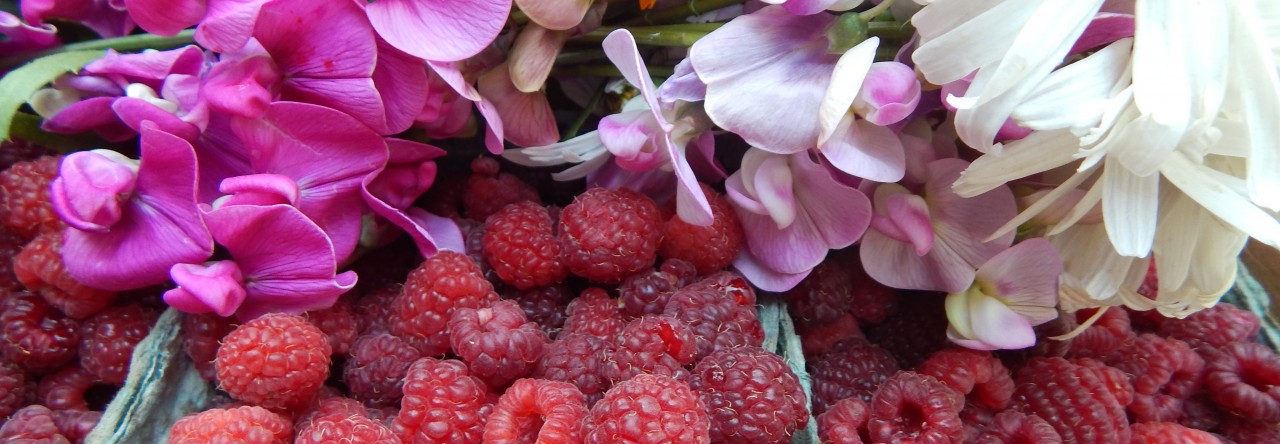
When spring arrives, I start watching bulbs grow by the hour—and inspecting my storage vegetables for their waning freshness. Over time, I’ve become better at choosing varieties that keep well, curing them properly, and storing them so that they stay fresh and usable for many months. By the first day of spring, I still have dry-stored vegetables tucked away. As I dig through the stash, I usually find one surprising keeper that has held on longer than in any other year.
This year, it was winter squash, as I share this week in my Twice as Tasty column for the Flathead Beacon. I just made the column’s recipe with the last of my delicata squash, swapping it for the pumpkin. I’ve been growing long-keeping onions, which I used instead of shallots, and am still enjoying a small basket of garlic just making its first attempts to sprout. My supply of homegrown and dehydrated herbs has begun to wane but will see me through until the next crop. I can’t think of a better way to celebrate the arrival of spring than with last season’s harvest.
Learn more about cooking pumpkin and get the complete recipe for Weeknight Pasta with Roasted Pumpkin and Parmesan in my column.
 Make it, share it.
Make it, share it.
Tag @twiceastastyblog and #twiceastastyblog
Twice as Tasty
 The first step to growing produce that will stay fresh for months is to choose varieties that naturally keep well. These are the varieties I’ve had success growing and keeping in my northwest Montana climate:
The first step to growing produce that will stay fresh for months is to choose varieties that naturally keep well. These are the varieties I’ve had success growing and keeping in my northwest Montana climate:
- Winter squash: Most winter squash keep well, but I’m partial to delicata. Butternut and spaghetti squash are other strong keepers. Small sugar and pie pumpkins last longer and are tastier than larger varieties.
- Onions: Redwing red onions and Patterson yellow onions last the longest in my collection. I’ve had fairly good success keeping Blush onions. Borrettana Cipollini white onions also keep well but are best for roasting and serving whole, rather than dicing for other recipes. When I plant Spanish white onions, I try to use them up first, because they tend to be the earliest to sprout.
- Garlic: I’ve been replanting a portion of my annual garlic harvest for more than 10 years from heads I originally purchased from local Purple Frog Gardens. The farmers simply call the varieties giant porcelain and purple. For similar success, I highly recommend buying the garlic heads you will use to start your beds from local growers and following their tips on planting depth and timing.
- Potatoes: My favorite Terra Rosa potatoes are the last to sprout while in storage. I’ve also had success holding on to Yukon Gem and Yukon Gold yellow and Burbank russet potatoes. I love Majesty purple potatoes but try to eat them up first because they sprout earlier than my other storage varieties. Yet even after they send up long shoots, they stay firm and usable.
- Beets: My beet varieties all keep equally well, including Boldor golden beets and Bull’s Blood and Chioggia red ones.
- Carrots: I have equal success with carrots, from Deep Purple to Chantenay Red Cored to Autumn King varieties.
- Cabbage: I turn most of my head cabbage into curtido and other ferments, but I can often store the final harvest fresh for a couple of months. Ruby Perfection red cabbage and Flat Late Dutch green cabbage tend to keep the longest.
If you live in a similar climate, I recommend considering my tried-and-true picks in your garden. The vegetables I store best grow well in U.S. Department of Agriculture zone 5a and my short, 89-day growing season. The USDA released a new hardiness zone map in 2023, updated to reflect our changing climate, and The Old Farmer’s Almanac website lets you plug in your zip code to find your average first and last frost dates, as well as suggested planting windows. If you live in a climate significantly different from mine, you can use this information to look for storage varieties that will grow and keep well in your area.
Once you choose and successfully grow your storage vegetables, curing and packing them properly will ensure their best and longest use. You can learn more about dry-storage techniques in this blog post.
Want more Twice as Tasty recipes? Get my books! Click here to order a personally signed, packaged, and shipped copy of The Complete Guide to Pickling directly from me. I also share tasty ways to use pickles in The Pickled Picnic; it’s only available here.

